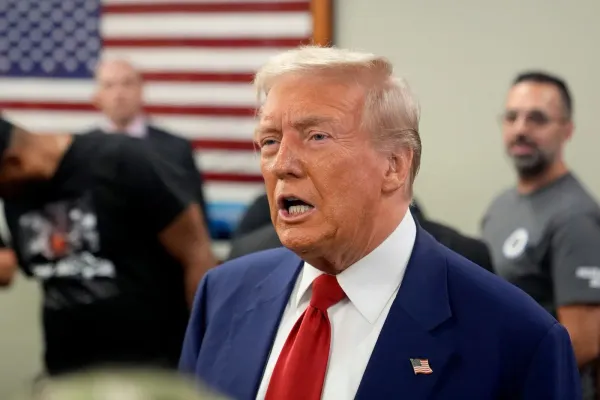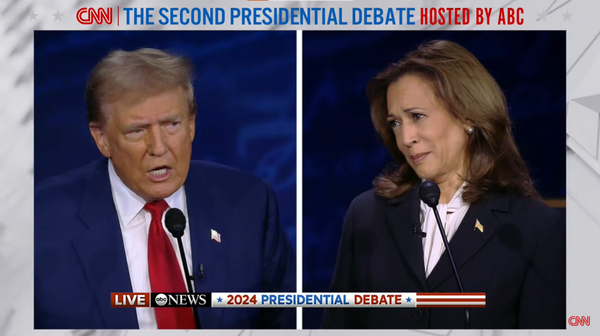All You Need to Know About the Groupthink Theory
Efforts to define decisions must be the doorway to effective decision-making by opening up the process of thought.

Developed by Irving Janis, Groupthink is a theory used to evaluate poor decision-making in groups due to group cohesion, i.e. forces or similarities that form a group. It has several issues attributed to it as follows.
The Issue of Poor Decision-Making Due to Group Cohesion
These issues include the following.
- A poor examination of the objectives of a decision, i.e., fails to clarify on what a decision is meant to achieve.
- Biased and unreliable searches of information.
- The risks of the solution-alternative chosen are not properly evaluated leading to an overall faulty risk assessment of the decisions made.
- The unanimity of a decision is ignored as all the alternatives are not considered in full. This leads to blind spots in the decision-making process that are more of ignorance and an overall lack of conciseness.
- The need for a group to make decisions efficiently is overridden by its desire to be unanimous, and the members to conform to each other.
Conformity in Groupthink
Efforts to define decisions must be the doorway to effective decision-making by opening up the process of thought. The group should, in all essence, put into character the problem and situation of the decision by framing it adequately.
It will enable the group to come up with possible solutions as a result of expanding thought in decision-making. The need to collect information gets brought up by this expanded frame of thinking and looks into the decision from a broad spectrum. At this point in evaluating alternatives, conformity can prove to be such a setback.
Suggested Solutions for Groupthink
The theory comes up with suggestions about handling these problems and the pre-existing factors are preventable by taking the following actions.
- A team making decisions that are of a broad diversity of thought should be put into place.
- The process of decision-making should be structured by protocols, to avoid the leeways provided by groupthink.
- The personal accountability of those making the decisions should be enhanced and encouraged to go against conformity motivations.
- The leader should employ their coaching skills.





